Spotify is more than a streaming service; it’s a powerful platform for launching music careers, but success depends on avoiding common strategic mistakes. Many artists fail to grow their audience because of incomplete or outdated profiles, which reduce listener trust and algorithmic support. Relying on passive promotion like simply uploading a track without a plan leads to poor performance, especially during the critical first 48 hours. Attempting to boost streams with fake plays or bots can result in penalties, distorted data, and lost credibility. Playlists remain one of the most effective tools for discovery, yet too many artists neglect them or depend solely on Spotify’s editorial selections. Using analytics from Spotify for Artists is also crucial, revealing what content resonates most, where fans are located, and which sources drive traffic. By focusing on authentic engagement, consistent branding, targeted promotion, playlist outreach, and smart data usage, artists can build lasting growth and stand out in a competitive music landscape.
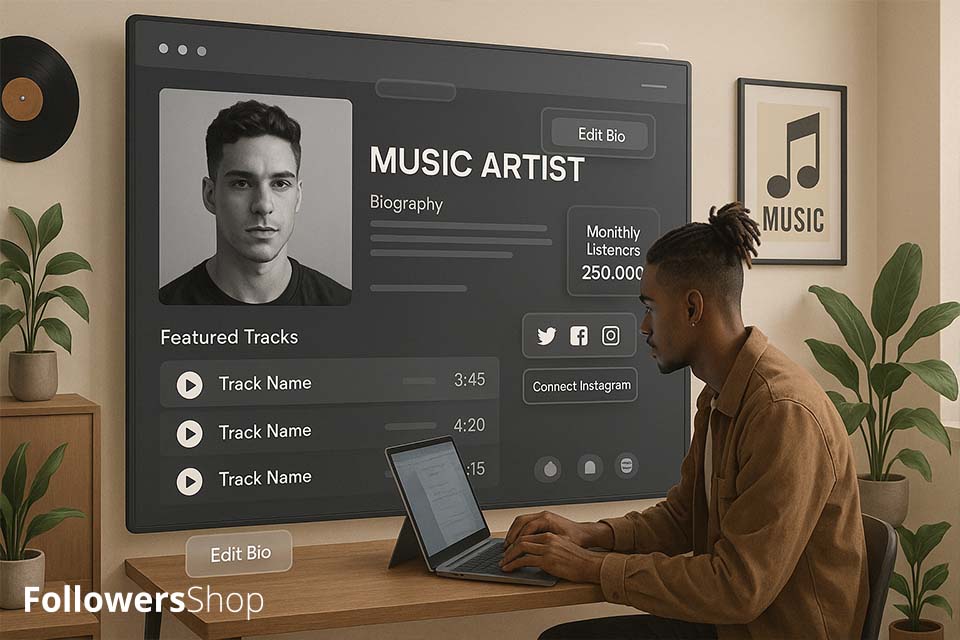
- 1. Incomplete or Poorly Managed Artist Profiles
- 2. Weak or Misdirected Music Promotion Strategies
- 3. Trying to Cheat the System with Fake Plays or Bots
- 4. Ignoring the Power of Playlists
- 5. Not Using Spotify Analytics to Make Smart Decisions
- Final Thoughts: Build Smart, Build Long-Term
- Frequently Asked Questions About
1. Incomplete or Poorly Managed Artist Profiles
Think of your Spotify profile as your homepage. Would you trust a website with no info and outdated photos? Neither would your listeners or Spotify’s editorial teams.
Why This Matters
- A strong profile encourages people to follow and stream more.
- Spotify’s algorithm favors profiles with consistent, quality content.
What You Should Do
- Write a concise artist bio that explains your sound, story, and current projects.
- Use a professional press photo not a blurry phone selfie.
- Update your header image and featured content regularly.
- Link to your Instagram, YouTube, and website for deeper engagement.
2. Weak or Misdirected Music Promotion Strategies
Many artists fall into the trap of “upload and wait.” Unfortunately, Spotify doesn’t reward passivity.
Why This Matters:
Even if your music is great, it won’t go far without visibility. You need people listening, saving, and sharing it within the first 48 hours of release to trigger algorithmic attention. One simple but often overlooked tactic to boost visibility is building initial social proof. A modest but engaged base of Spotify followers can help attract organic interest and improve how new listeners perceive your profile, especially during a release window.
What You Should Do
- Build anticipation through pre-save campaigns and Instagram Reels or TikToks teasing the track.
- Use email newsletters to notify your mailing list.
- Submit your track to third-party PR platforms and independent playlist curators (not just Spotify editorial).
- Network with other artists and cross-promote your music on each other’s platforms.
3. Trying to Cheat the System with Fake Plays or Bots
The idea of boosting streams with bots or paid fake plays is tempting, especially for new artists. But it’s a major red flag.
Why This Fails
- Spotify has advanced fraud detection systems that flag unnatural patterns.
- Artificial boosts may get you removed from editorial playlists, flagged, or shadowbanned.
- Your analytics become meaningless, making it impossible to track true growth.
What You Should Do Instead
- Focus on real fan engagement, even if it grows slower.
- Invest in targeted ads on Instagram or YouTube rather than fake traffic.
- Join communities like SubmitHub, Groover, or SoundCampaign to reach real curators.
If you’re also using SoundCloud to grow your audience, you might find our blog post on how the SoundCloud algorithm works especially useful.
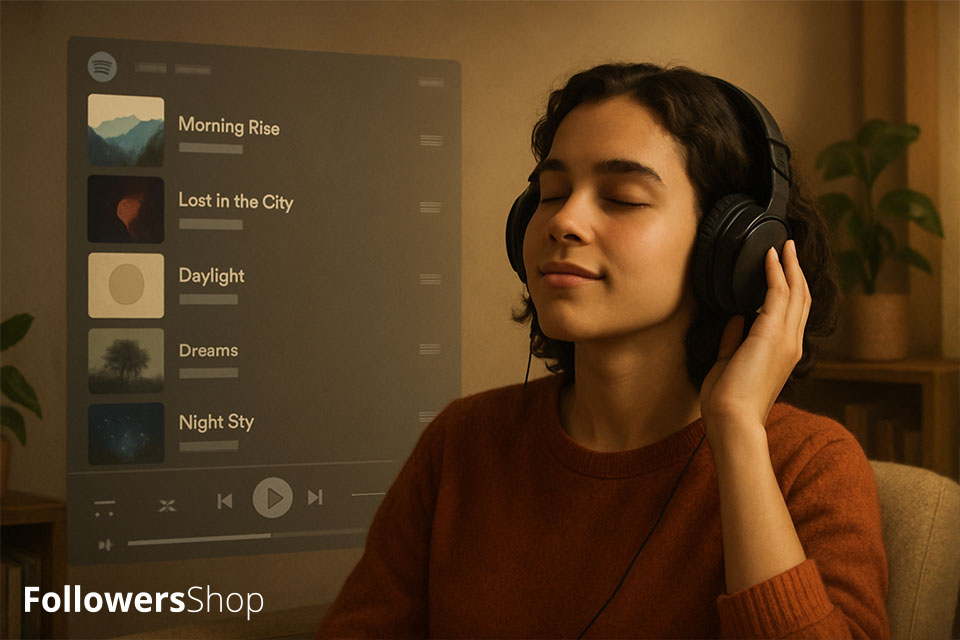
4. Ignoring the Power of Playlists
Spotify playlists are one of the most powerful ways to reach new listeners but too many artists overlook them or rely only on Spotify’s editorial lists.
Why This Matters
- Playlists drive a significant portion of total streams.
- Many fans use them to discover new music daily.
What You Should Do
- Submit your track through Spotify for Artists at least 7 days before the release.
- Create your own playlists that include your music and similar artists this helps build genre relevance.
- Reach out to niche playlist curators on platforms like Chartmetric, PlaylistSupply, or even Instagram.
Pro tip: Add a short intro message when pitching. Keep it personal, respectful, and genre-specific.
5. Not Using Spotify Analytics to Make Smart Decisions
You don’t need to be a data scientist to benefit from Spotify for Artists analytics but you do need to check it regularly.
Why This Matters
Spotify Discovery Mode is a music promotion and streaming strategy designed to help artists increase their exposure by boosting selected tracks in per...
Spotify is testing a new "Updates" feature in 2025 that delivers real-time notifications when users gain followers or when others save their playlists...
Data reveals what’s working and what’s not. Ignoring it is like flying blind.
What You Should Track
- Top-performing songs – Which tracks have the highest save rate?
- Audience demographics – What cities/countries are streaming you the most?
- Referral sources – Are listeners finding you via playlists, search, or social media?
What You Should Do
- Use popular cities to plan targeted marketing campaigns or even book shows.
- Focus future releases on sounds/styles that resonate most with current fans.
- Identify playlists that are consistently sending traffic and build relationships with those curators.
Use your data. It’s free insight that labels would pay big money for.
Final Thoughts: Build Smart, Build Long-Term
Spotify success doesn’t happen overnight. It’s not just about the song you drop it’s about the ecosystem you build around it.
Avoiding these five mistakes poor profile setup, weak promotion, fake streams, playlist neglect, and ignoring analytics, sets you up for stronger growth and more meaningful results. And most importantly, it positions you as a professional in a crowded space.
If you want to thrive on Spotify in 2025 and beyond, make sure you’re playing the long game, and playing it smart.

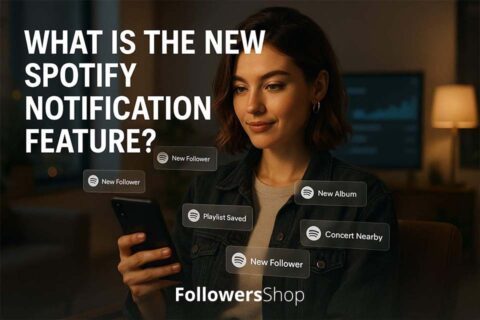
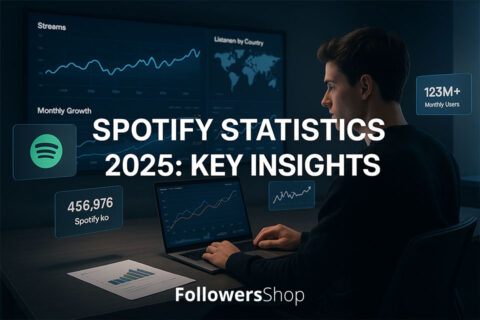
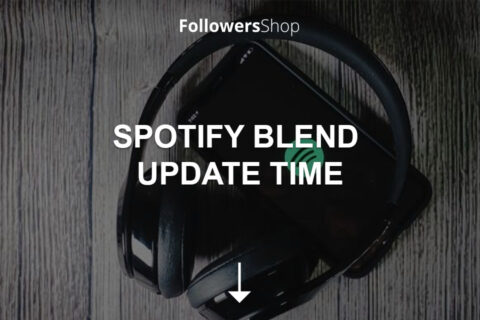
No comments to show.